The world of cryptocurrencies has seen remarkable growth ever since the inception of Bitcoin. Not only has cryptocurrency been adopted by many as an alternate form of investment, but it has also etched itself in the minds of hundreds of millions of people in a way that it has become a part of their daily lives where they are always working on ways to improve on their portfolio and look for any upcoming opportunities that can help them achieve financial independence.
The cryptocurrency market itself has seen a great deal of diversification since Bitcoin was first introduced to the world. While Bitcoin remains the flagship cryptocurrency, numerous other digital assets have emerged onto the scene, each with its unique features and serving different sets of use cases.
We will delve into the top 10 cryptocurrencies other than Bitcoin, that are not only considered a worthy form of investment but also give a glance at how they differ from each other in terms of the technology behind them, like consensus mechanisms and the use cases they serve.
Please note that we will not be looking at the stablecoins, e.g., USDT and USDC, in this article.
Ethereum (ETH)
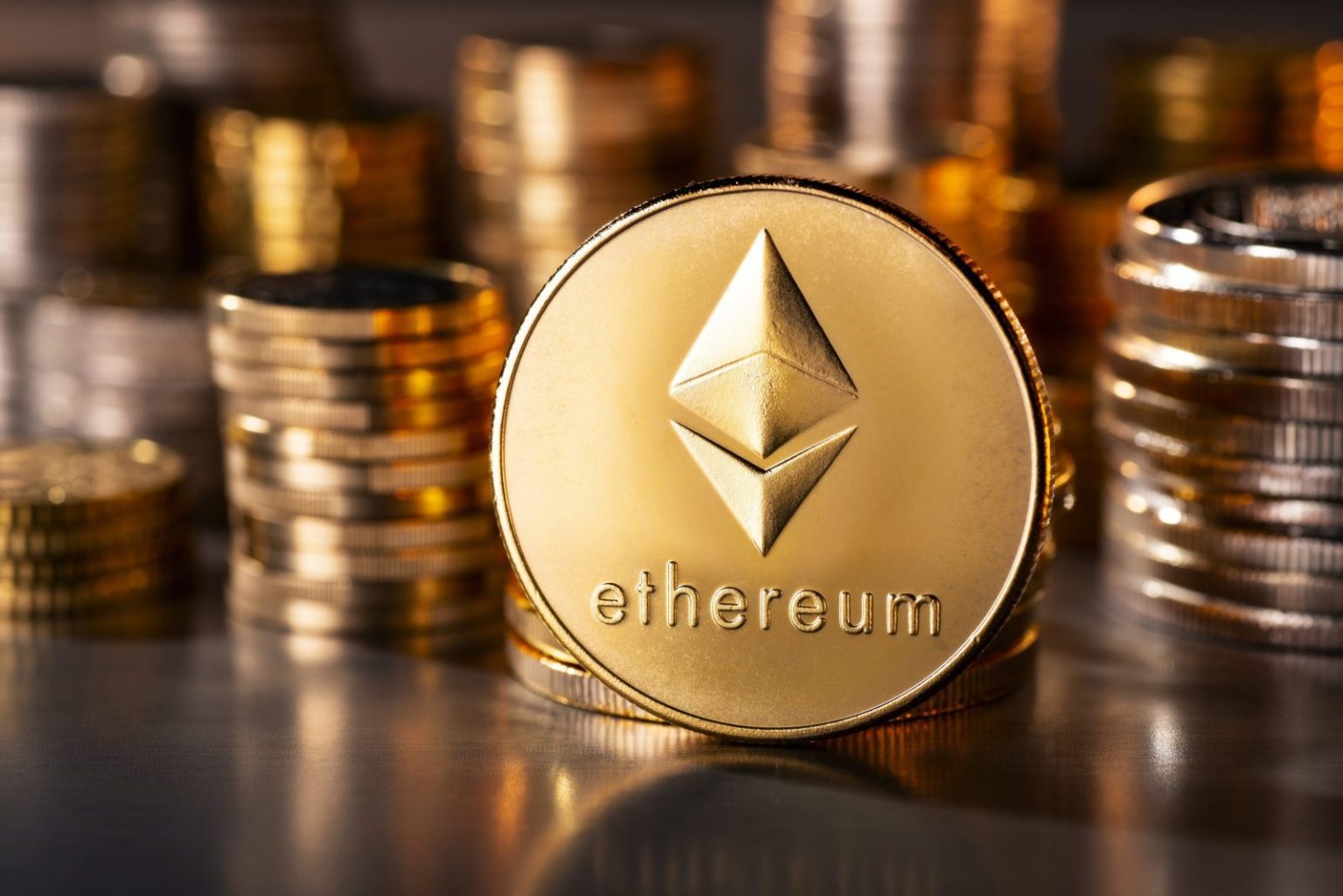
Ethereum is the first cryptocurrency that comes to the top of most people’s minds if they are planning to invest in a digital asset other than Bitcoin.
Ethereum has been well known in the crypto community for its role as the best platform available for decentralized applications (DApps) and smart contracts. The person behind the introduction of Ethereum, Vitalik Buterin, certainly introduced a groundbreaking concept where the currency didn’t just serve the purpose of being a digital asset but went beyond the primary use case of Bitcoin, which is only to serve as a peer-to-peer digital currency. Ethereum, on the other hand, serves multiple roles that include allowing developers to build decentralized applications and enabling them to program self-executing smart contracts.
At one time, Ethereum was using the same consensus mechanism as Bitcoin, which was the proof-of-work (PoW) mechanism. However, in 2022, Ethereum made the transition from PoW to a proof-of-stake (PoS) consensus mechanism. The PoS mechanism is not only energy efficient compared to PoW but also helps improve the scalability of the system.
As discussed earlier, Ethereum is well known as the center for executing smart contracts on its Ethereum Blockchain. These include defining decentralized finance (DeFi) protocols to non-fungible tokens (NFTs) that represent the ownership of physical or digital assets.
Ethereum also boasts of having a strong community that actively contributes to its development. The platform has become a go-to place for innovation in the crypto environment and is also responsible for the growth of several blockchain projects and initial coin offerings (ICOs).
Binance Coin (BNB)
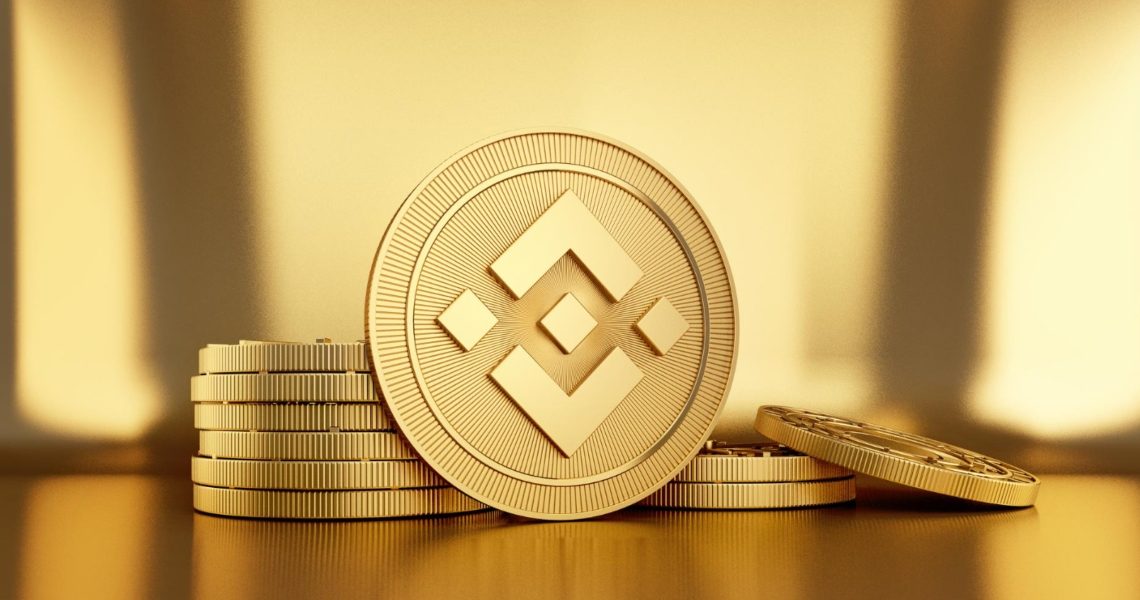
The BNB coin is the native token of the Binance crypto exchange. The coin was launched in 2017 as a part of Binance’s ICO and was designed to be used within the Binance platform for trading fee discounts and other utilities. However, BNB has seen its role expanded to serve different purposes beyond its initial intended use.
BNB operates on the Binance Chain, a blockchain developed by the exchange to facilitate fast and low-cost transactions. The consensus mechanism employed by BNB is an alteration of the Byzantine Fault Tolerant (BFT) algorithm, which is known for its characteristics of providing speed and efficiency.
The other use case that BNB serves, apart from providing fast and low-cost transactions on the Binance exchange, is to power the Binance Smart Chain (BSC), which is a parallel blockchain that supports smart contracts and DeFi applications. BSC has gained popularity for its compatibility with the Ethereum Virtual Machine (EVM), allowing developers to port their Ethereum-based projects to BSC with ease.
A notable detail about BNB is its quarterly token burn mechanism, where a portion of BNB is systematically destroyed, reducing the overall supply. This deflationary approach is seen as a strategy to potentially increase the value of the remaining BNB tokens over time.
Cardano (ADA)

Cardano has been viewed as one of the pioneering Blockchains that has introduced an infrastructure for DeFi applications and smart contracts that is secure and scalable. The platform is hailed for its scientific approach to blockchain development, and it is considered to be a very robust platform.
Cardano was founded by the co-founder of Ethereum, Charles Hoskinson, in 2015 and has been hailed on several occasions as a platform that has a research-driven methodology, gives constant attention to security and ensures that the ecosystem is sustainable.
The consensus mechanism at the core of Cardano is Ouroboros, a proof-of-stake algorithm. People with ADA can join stake pools, which are like teams helping run the network. Each collection has a leader chosen to update the network, and ADA holders can delegate their ADA to a pool. The more ADA in a pool, the higher its chance to update the network, and ADA holders in that pool share the rewards when updates happen.
Cardano’s primary goal is to provide a platform for the development of decentralized applications and smart contracts that can be utilized across various industries. The project places a strong emphasis on interoperability, aiming to create a global financial and social operating system accessible to all.
A significant detail about Cardano is its phased development approach. The project is divided into distinct eras: Byron, Shelley, Goguen, Basho, and Voltaire. Each period focuses on specific aspects of the platform’s development, from the establishment of the basic blockchain infrastructure to the implementation of smart contracts and beyond.
Solana (SOL)
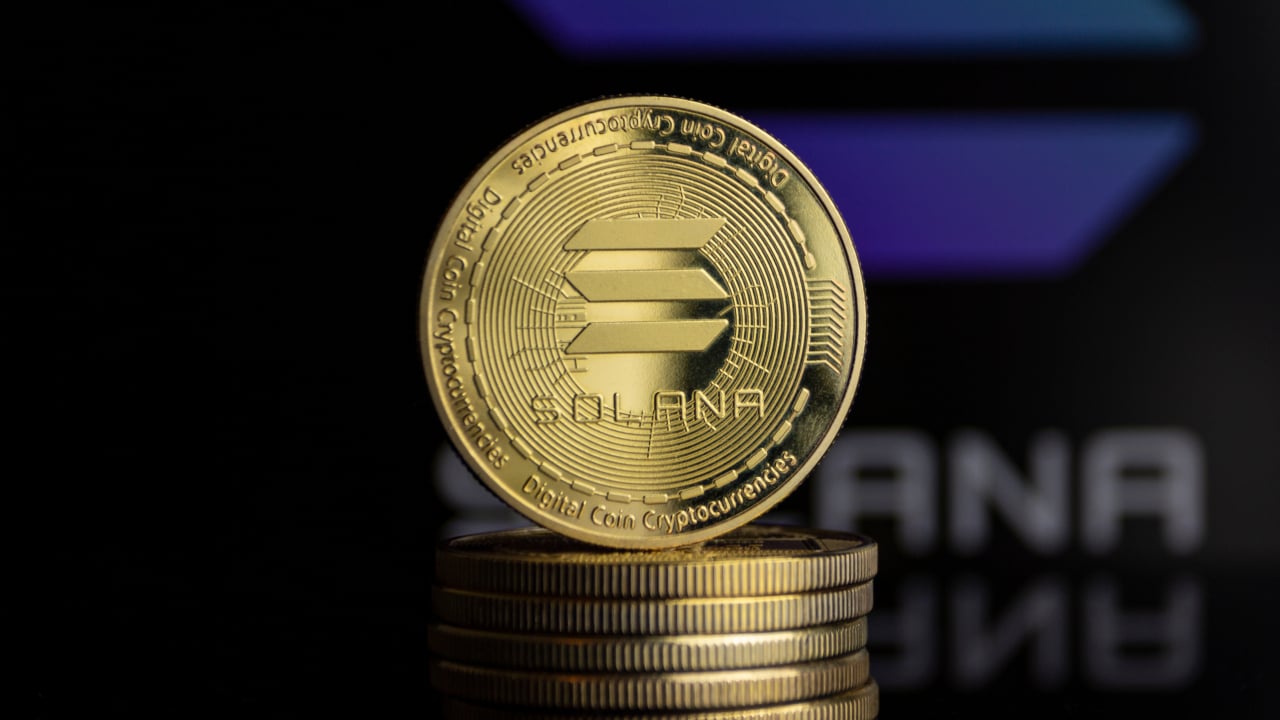
Solana was launched in 2020 by the Solana Labs, which was founded in 2018 by Anatoly Yakovenko. Solana is another digital asset that has been known to power decentralized applications that are usually of a high-performance nature.
The blockchain has emerged as a contender for being a high-performance blockchain, which means that it addresses the challenges that can help improve the scalability of the network.
Solana uses the proof-of-history (PoH) consensus mechanism, which effectively makes it the first blockchain to employ this consensus mechanism. Along with the PoH, Solana also relies on the PoS mechanism and is using the services of both PoH and PoS.
Proof of History is a way to organize the order of events in a blockchain using a unique and verifiable timeline, ensuring accuracy and transparency in the sequence of transactions. It helps the network reach a consensus on the chronological order of events.
Solana gained attention in 2021 because it outperformed Ethereum in transaction speed and costs. Solana processes up to 50,000 transactions per second at an average price of $0.00025, while Ethereum handles less than 15 transactions per second with an average cost of around $1.68 per transaction.
Apart from providing fast transaction speeds with low fees, Solana’s use cases include utilization in DeFi applications and NFTs, along with providing fast transaction speeds for in-game purchases getting integrated for seamless and cost-effective token transfers, user rewards and other blockchain-based features within social media platforms.
A notable detail about Solana is its emphasis on creating user-friendly experiences for both developers and end-users. The platform aims to make blockchain technology more accessible by providing tools and infrastructure that streamline the development process.
Ripple (XRP)
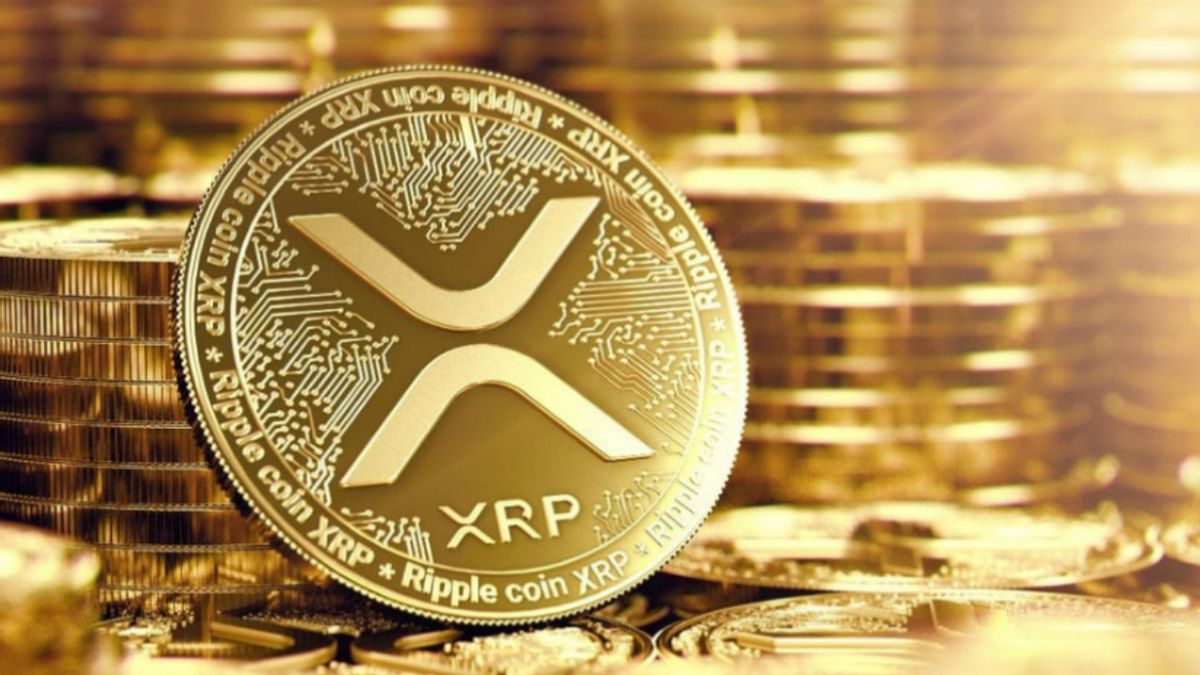
Ripple was established in 2012 by Chris Larsen and Jed McCaleb. It emerged as a game changer in the blockchain world, where it is known for facilitating cross-border transactions, eliminating intermediaries, and therefore providing a cost-effective medium through which transactions across borders can be made. The native cryptocurrency of the Ripple Blockchain is XRP.
Ripple operates on a unique consensus algorithm known as the Ripple Protocol Consensus Algorithm (RPCA). Unlike the proof-of-work mechanism, RPCA doesn’t rely on energy-intensive mining. Instead, it achieves consensus through a process where participants on the network continuously validate and agree on the order and validity of transactions. The RPCA mechanism also ensures that multiple transactions from the same source are not validated and only the first transaction is processed. At the same time, the rest are eliminated, which helps save time and achieve faster results.
The primary use case of Ripple is facilitating fast and low-cost international money transfers. XRP serves as a bridge currency in Ripple’s payment protocol, allowing for seamless currency exchange and settlement. Financial institutions and banks can utilize Ripple’s technology, RippleNet, to enhance the speed and cost-effectiveness of their cross-border transactions.
A distinctive detail about Ripple is its focus on collaboration with traditional financial institutions. Ripple has formed partnerships with different multinational banks to improve the efficiency of global money transfers.
XRP has been embroiled in some legal disputes with the regulatory authorities; the most well-known incident is where the SEC filed a lawsuit against the company, alleging that XRP is an unregistered security. The SEC also sued two key executives of the company but later withdrew their case. This was considered a major victory by XRP enthusiasts and the crypto community in general.
Polkadot (DOT)
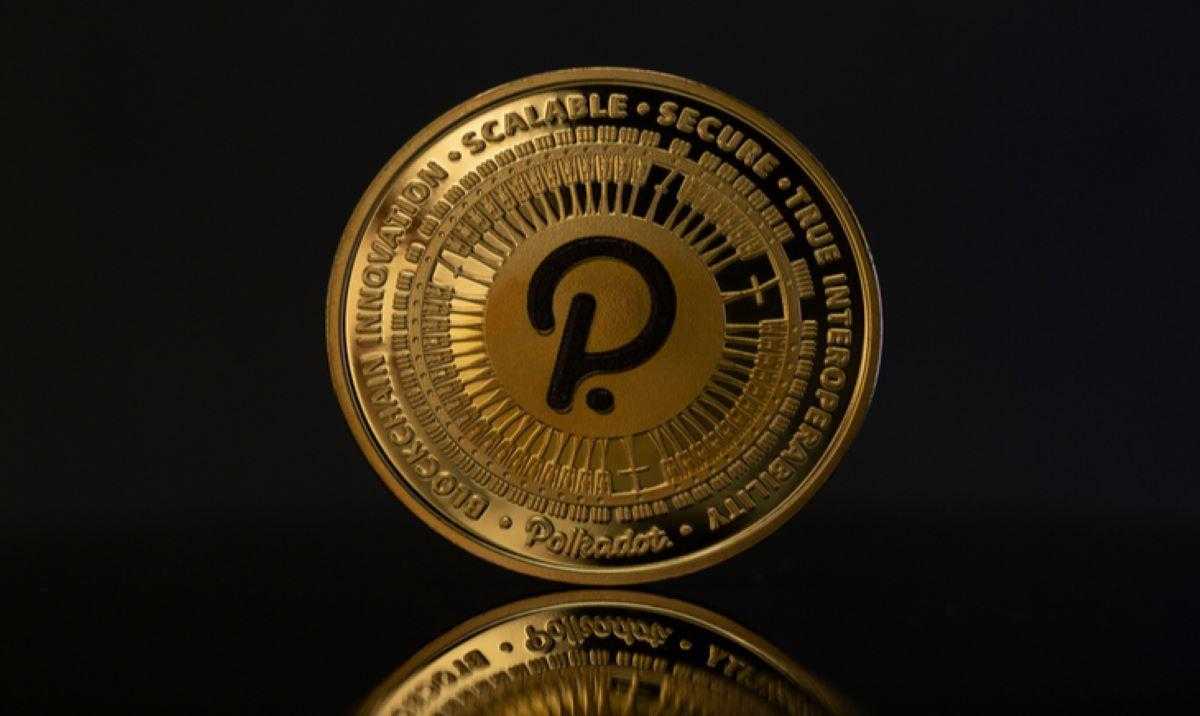
Polkadot is the project of another co-founder of Ethereum, Dr. Gavin Wood. The project was launched in 2020 and was aimed at enabling different blockchains to transfer messages and value in a trust-free manner, therefore fostering collaborations between various networks. In essence, Polkadot is a network that is the portal for the decentralized web.
Polkadot utilizes a unique relay chain and parachain architecture. The relay chain serves as the main chain, coordinating communication and security for the entire network, while parachains are individual blockchains that connect to the relay chain. This design enhances scalability by allowing different blockchains to operate in parallel.
The primary use case of Polkadot is interoperability, enabling different blockchains to communicate and share information without any major interruptions. This interoperability extends beyond just transferring tokens; it includes the ability to convey complex data between other blockchains in the Polkadot network.
A noteworthy detail about Polkadot is its focus on governance and making improvements and modifications to the network without any external interventions. The platform is designed to allow stakeholders to propose and vote on changes to the protocol, ensuring a decentralized and community-driven approach to decision-making.
Polkadot has positioned itself as a key player in providing a fully interconnected and interoperable web of blockchains. It is essentially contributing towards the realization of a decentralized internet where information and value can flow seamlessly across diverse blockchain networks.
Dogecoin (DOGE)
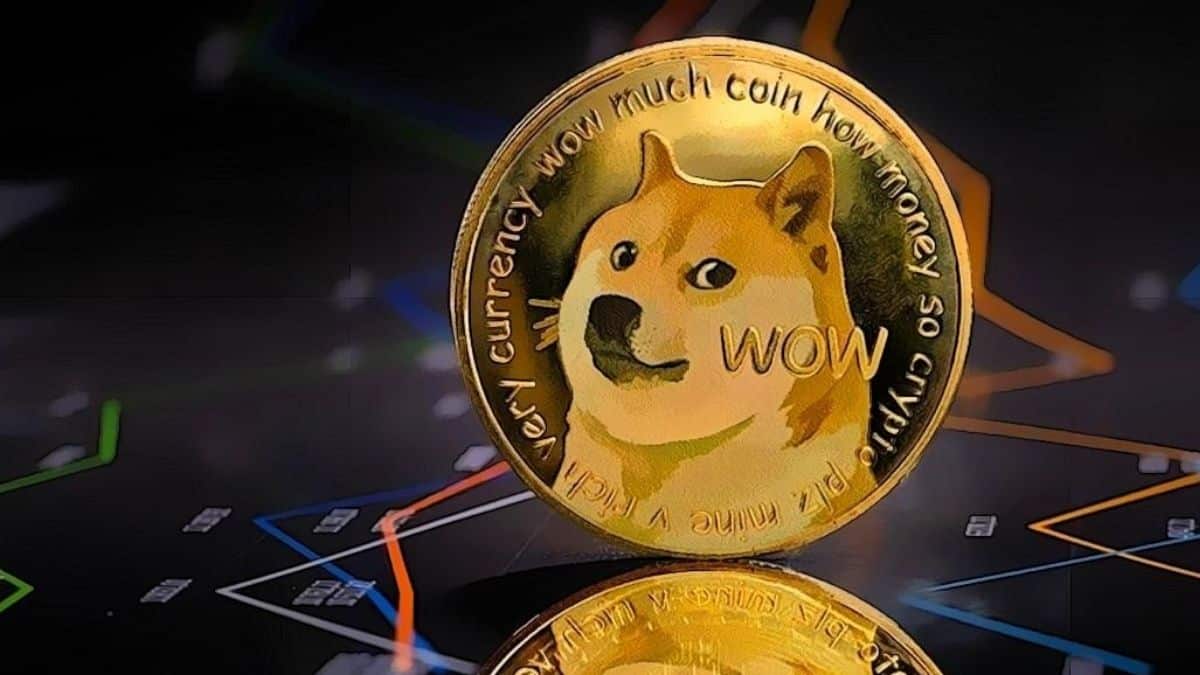
Our first and only memecoin in the list, Dogecoin, has surprisingly found its place in the cryptocurrency realm as one of the largest cryptocurrencies by market capitalization. The project, which was thought to be started as a light-hearted joke, now has a very dedicated and passionate community that supports it.
Introduced in 2013 by Billy Markus and Jackson Palmer, Dogecoin features the popular Shiba Inu dog from the “Doge” meme as its logo.
Dogecoin operates on a proof-of-work consensus mechanism, similar to Bitcoin. While its technical features mirror those of other cryptocurrencies, Dogecoin differentiates itself through its strong sense of community and a history of charitable initiatives.
Dogecoin has found use in various charitable causes after it was considered suitable for only tipping and small transactions. Its community has actively supported different philanthropic causes, including fundraising for the Jamaican bobsled team and contributing to clean water projects in Kenya.
A unique detail about Dogecoin is its inflationary supply model. Unlike Bitcoin, which has a capped supply, Dogecoin has no maximum limit, with billions of new coins entering circulation each year. This design choice aims to ensure the availability of Dogecoin for microtransactions and tipping.
Avalanche (AVAX)
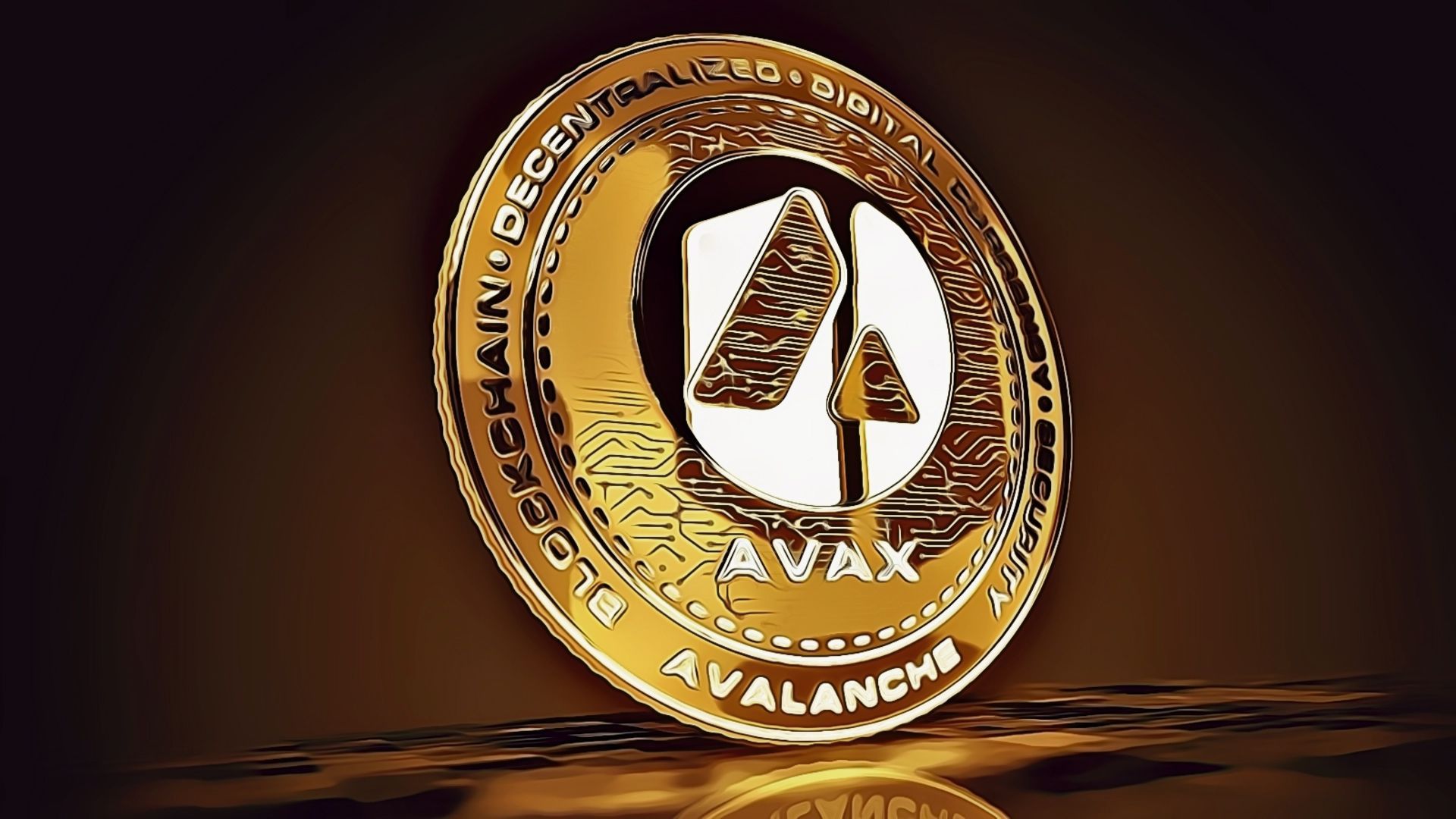
Introduced in 2020 by a team led by Emin Gün Sirer, Avalanche seeks to overcome the scalability and customization challenges faced by many blockchain platforms. Positioned as a highly scalable and interoperable platform, Avalanche aims to provide a robust infrastructure for decentralized applications (DApps) and custom blockchain networks.
Avalanche employs the Avalanche consensus protocol. It combines elements of classical consensus algorithms with practical Byzantine Fault Tolerance (PBT). This unique consensus mechanism enables quick finality and high throughput, making it well-suited for applications that require fast transaction processing.
The primary use case of Avalanche is to serve as a platform for building and deploying custom blockchain networks. Developers can create their blockchain with specific rules and features, tailoring the network to meet the requirements of their decentralized applications.
A distinctive detail about Avalanche is its subnets feature, which allows developers to launch and connect multiple interoperable blockchains within the Avalanche ecosystem. This architecture enhances scalability by enabling parallel processing of transactions across different subnets.
Chainlink (LINK)
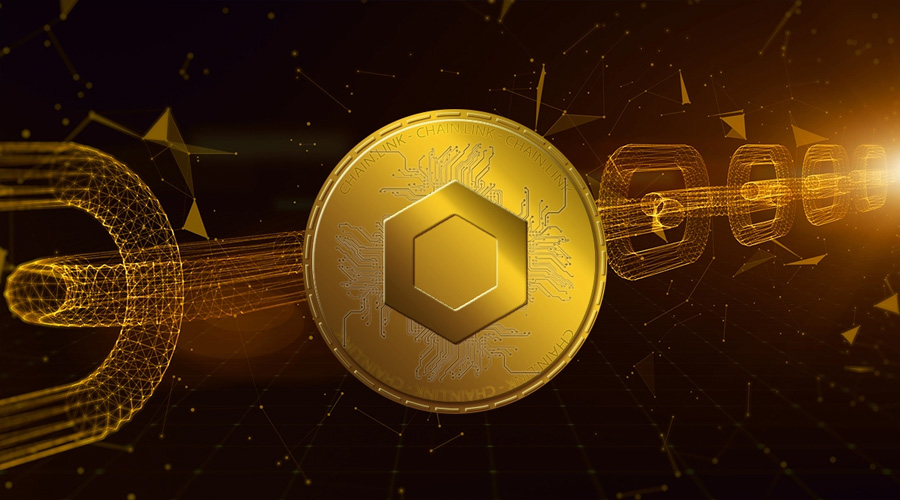
Chainlink was founded by Sergey Nazarov and Steve Ellis in 2017. Chainlink was designed to address a critical challenge in the blockchain space, which was to provide reliable and secure connections between smart contracts and real-world data. Positioned as a decentralized oracle network, Chainlink enables smart contracts to interact with external data, APIs, and payment systems in a trustworthy and tamper-proof manner.
Chainlink employs a unique consensus mechanism known as Off-Chain Reporting to collectively agree on external data. This data is then placed back into the blockchain through a smart contract called a Data Feed that addresses the needs of individuals seeking specific information.
Chainlink’s consensus mechanism operates on a network of nodes known as oracles. These oracles retrieve and verify real-world data, feeding it into smart contracts on the blockchain. The decentralized nature of Chainlink’s Oracle network enhances security by preventing a single point of failure.
The primary use case of Chainlink is to bring external data into smart contracts, expanding the capabilities of decentralized applications (DApps).
A noteworthy detail about Chainlink is its focus on providing decentralized oracle services for a wide range of blockchains. Chainlink can work with different blockchain networks like Ethereum, Binance Smart Chain, and others.
Chainlink continues to play a vital role in connecting smart contracts with external data sources. It has become an integral component of the broader blockchain ecosystem. The secure and decentralized nature of Chainlink’s Oracle network enhances the reliability and trustworthiness of smart contracts.
Litecoin (LTC)
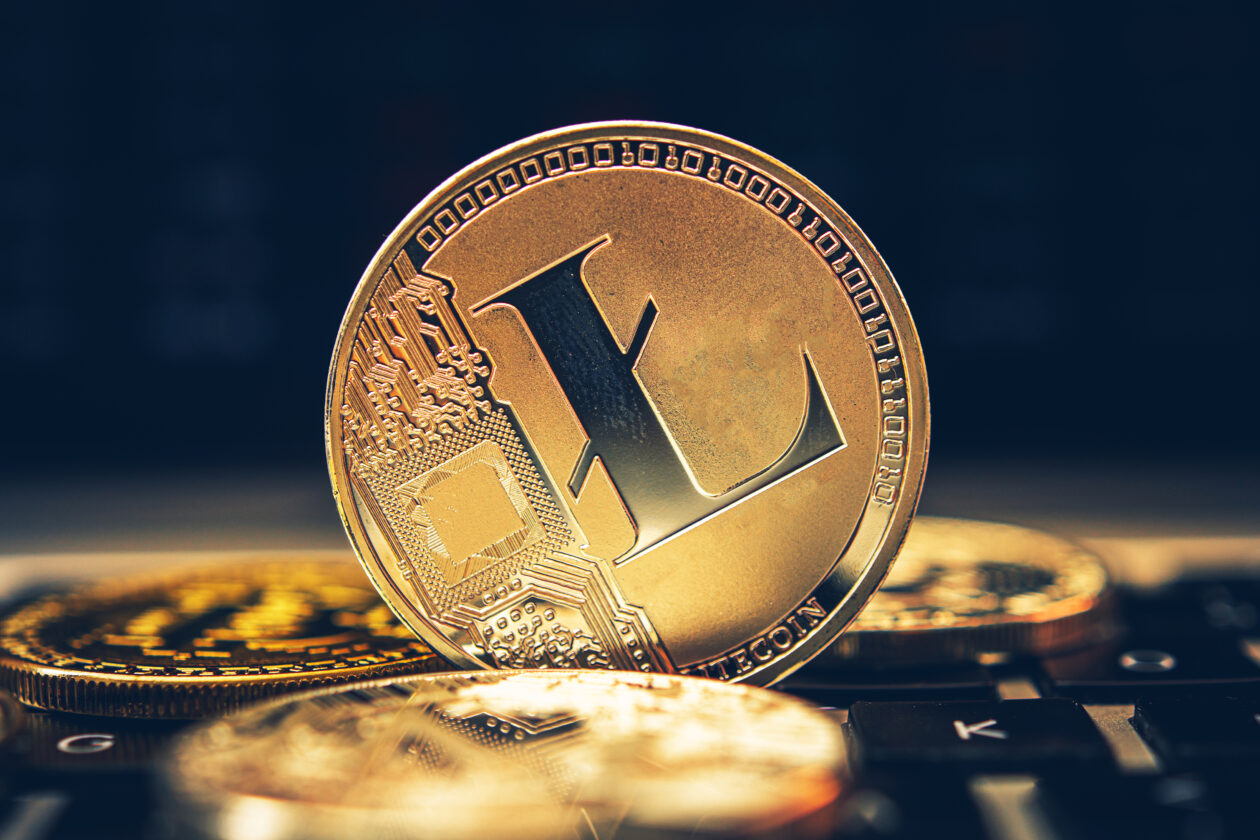
Often referred to as the “silver” to Bitcoin’s “gold,” Litecoin was created by Charlie Lee in 2011 as a peer-to-peer cryptocurrency that aimed to address some of the limitations of Bitcoin. As one of the earliest altcoins, Litecoin shares similarities with Bitcoin but distinguishes itself through faster block generation times and a different hashing algorithm.
Litecoin uses the Scrypt proof-of-work consensus mechanism, designed to be more memory-intensive than Bitcoin’s SHA-256 algorithm. Scrypt is a way to secure passwords and is a method for confirming transactions. The algorithm allows miners to contribute for a chance to confirm a block of transactions and receive rewards.
The primary use case of Litecoin is as a medium of exchange for fast and low-cost transactions. Its speedier block generation time (2.5 minutes compared to Bitcoin’s 10 minutes) allows for quicker confirmation of transactions, making it suitable for day-to-day transactions.
Over the years, Litecoin has implemented technologies such as Segregated Witness (SegWit) and the Lightning Network, aiming to improve scalability and enhance the efficiency of its blockchain.
| Cryptocurrency | Ticker | Price | Market Cap |
| Ethereum | ETH | $2094.81 | $252,105,883,559 |
| Binance Coin | BNB | $233.23 | $35,348,429,551 |
| Cardano | ADA | $0.3896 | $13,718,953,497 |
| Solana | SOL | $57.57 | $24,348,803,334 |
| Ripple | XRP | $0.6191 | $33,231,587,141 |
| Polkadot | DOT | $5.28 | $6,666,814,421 |
| Dogecoin | DOGE | $0.0775 | $10,998,816,742 |
| Avalanche | AVAX | $21.38 | $7,770,811,792 |
| Chainlink | LINK | $14.51 | $8,076,331,992 |
| Litecoin | LTC | $70.56 | $5,213,178,384 |




